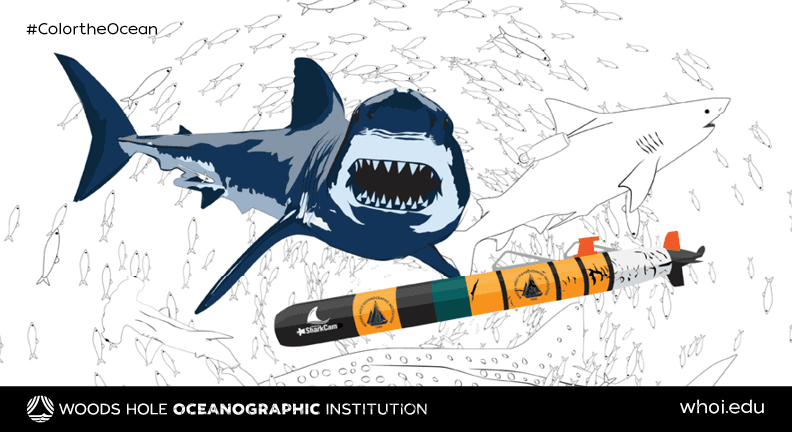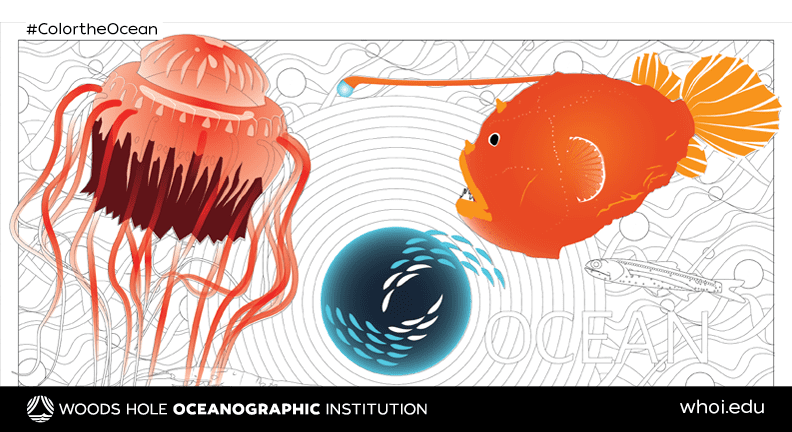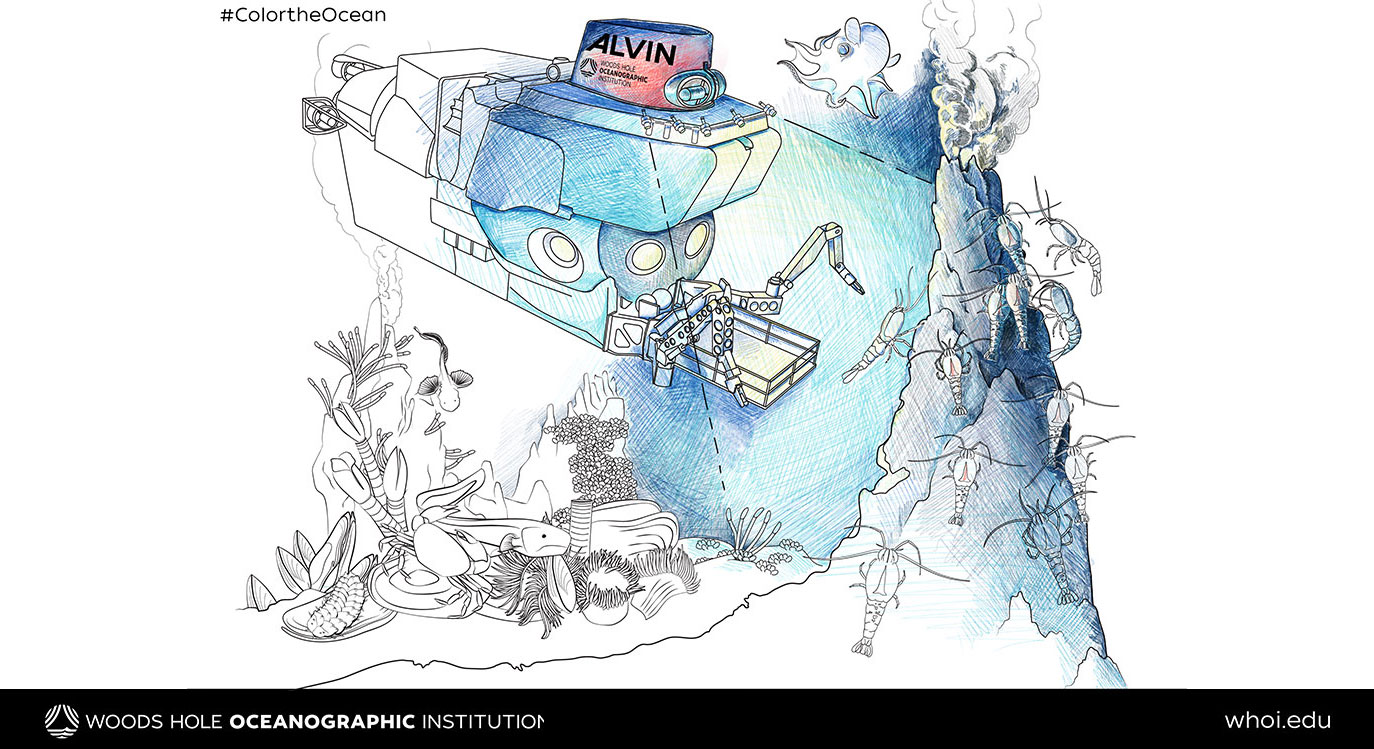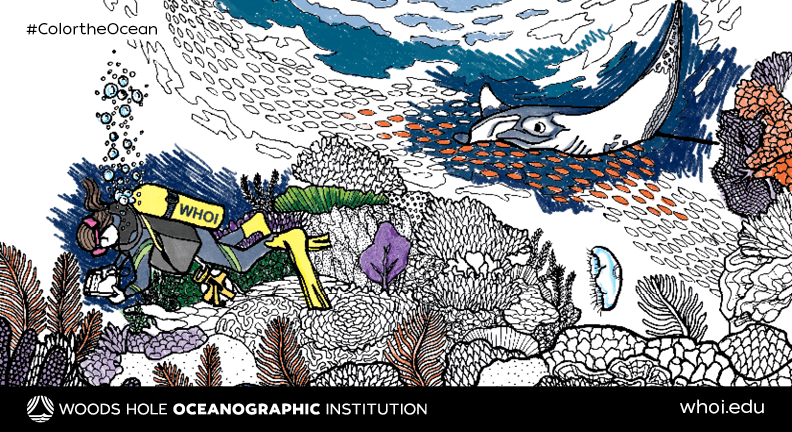Materials & Resources
Splash Lab at Home
Ocean-related science activities to do at home.
Ocean Acidification
Water Density
Color the Ocean
Download ocean-related scenes to color.
Classroom Activities
How noise pollution impacts communication in whales and dolphins
This K-12 activity is a PowerPoint presentation about the effect of noise pollution on marine mammal communication and is suitable for a wide range of grade levels. Students will learn about the kinds of noise pollution in the ocean and some examples of marine mammal vocalizations. Then, we overlay anthropogenic noise to demonstrate how the vocalizations can be masked, which can limit the ability of marine mammals to communicate. Lastly, we sonified student names by assigning a pitch for each letter of the alphabet so that students can hear names in this way and how some can be masked by noise more than others. The activity is suitable for visually impaired students as the focus is on the sense of sound.
Ocean Acidification Lab Activities (pdf)
Hands-on classroom activities for grades 5-12 to understand the science behind ocean acidification.
Woods Hole Sea Grant NOAA Live! Webinar series
These webinars are 45 minutes long with live ASL interpretation, aimed at grades 2-8, and offer live Q&A with the students. Archived webinars with Spanish subtitles can be found on our YouTube playlist. A teacher can sign up and then share the link with their students to logon.
Teacher Packets
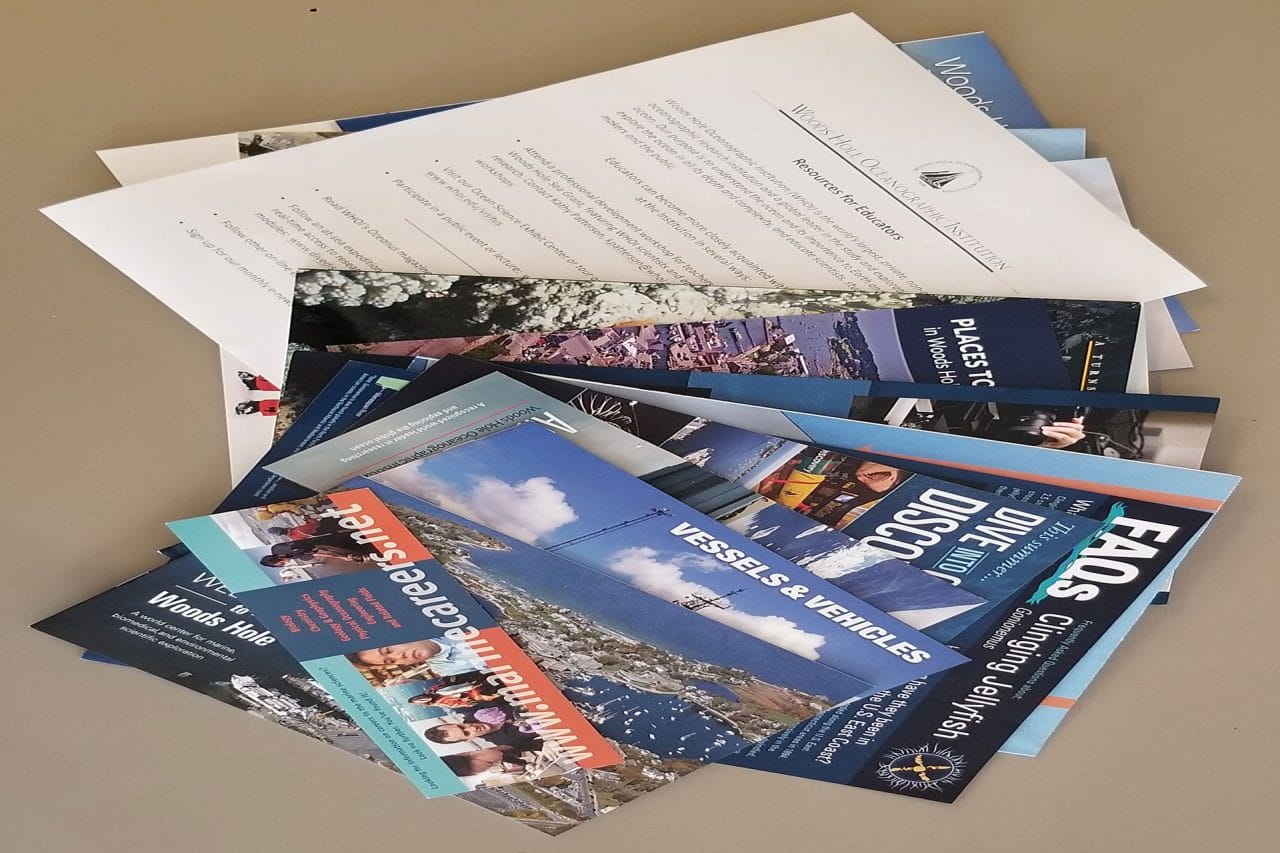
Information packets containing a variety of information about WHOI, its vessels and vehicles, and ocean research are available to teachers at no charge for an individual packet. Educators will also find information on professional development workshops and class visits to WHOI's Exhibit Center. To request your Information Packet, contact: WHOI Information Office MS #16, 93 Water Street Woods Hole, MA 02543 Phone: (508) 289-2252 Fax: (508) 457-2034 Email: information@whoi.edu
Books from the WHOI Store

Ocean-related books for several grade levels are available through the WHOI Store.
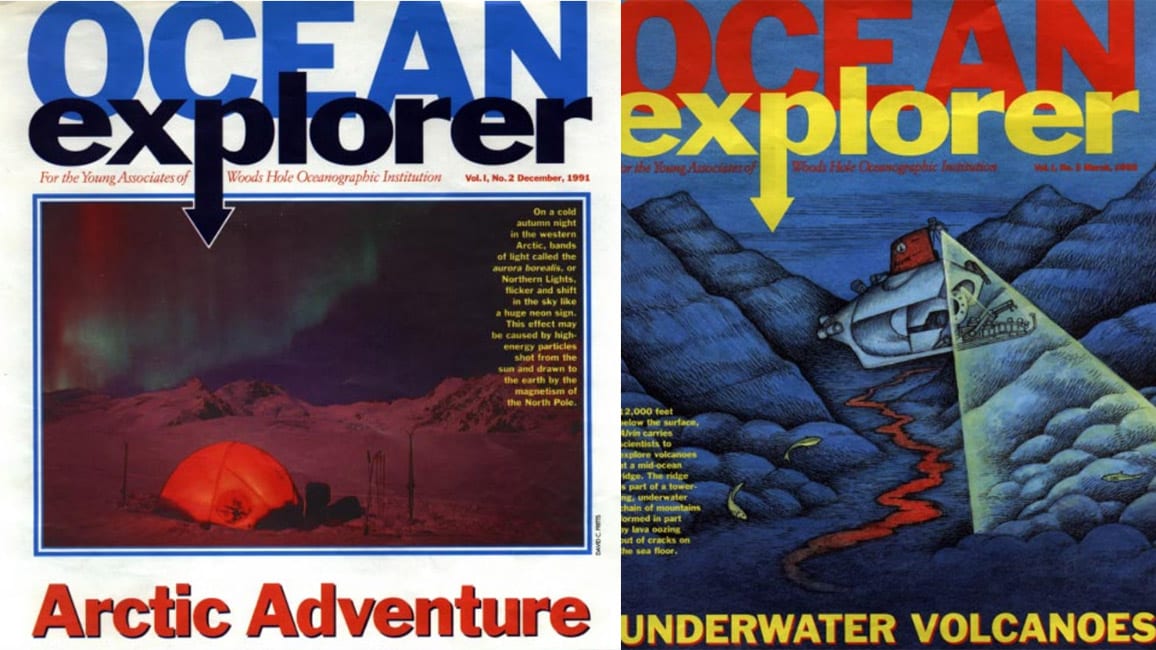
Designed for students in grades 4-8 in the 1990's,these Ocean Explorer magazines combine compelling descriptions of ocean sciences with vivid images.

